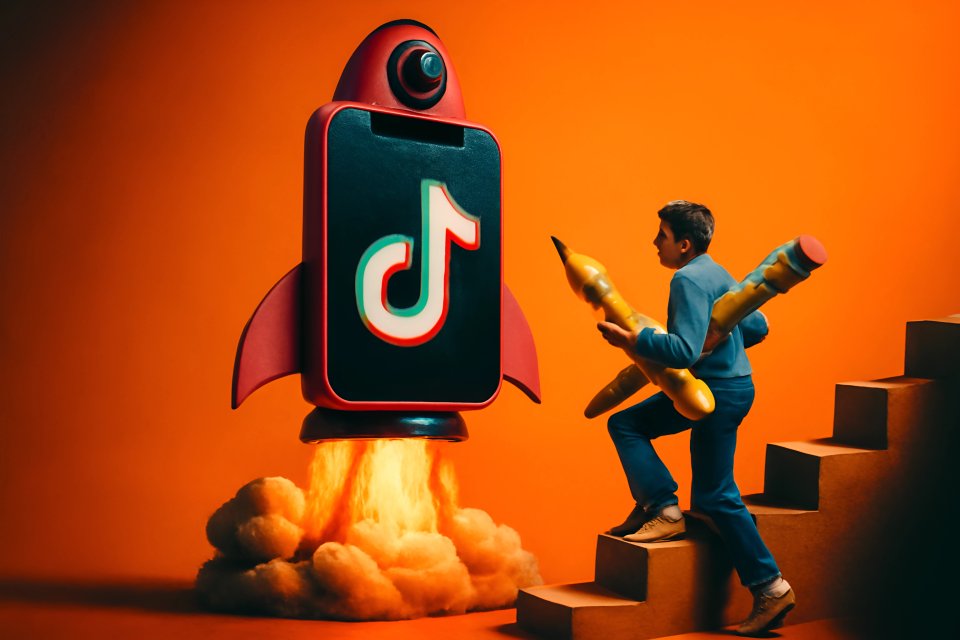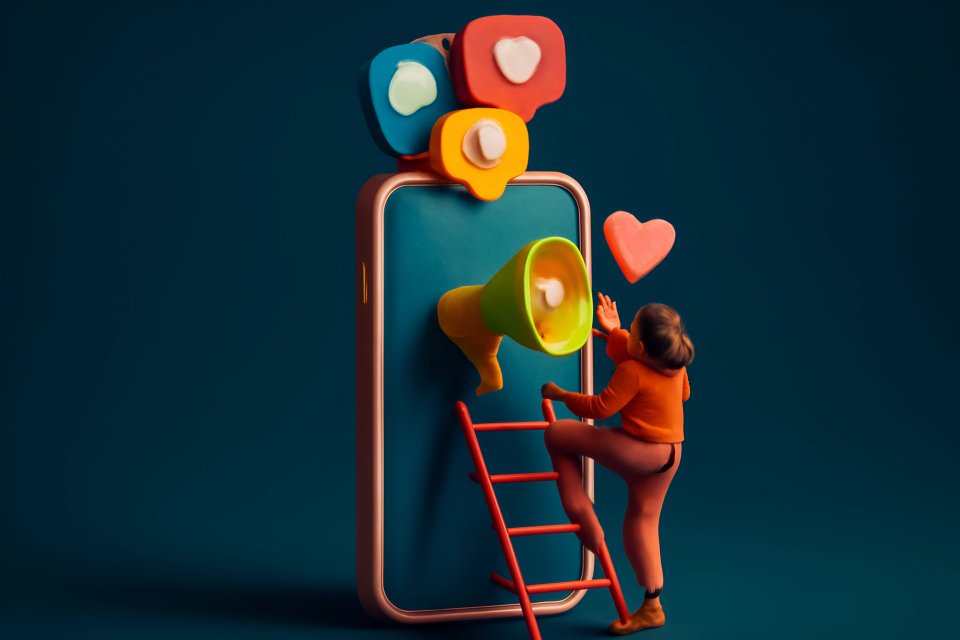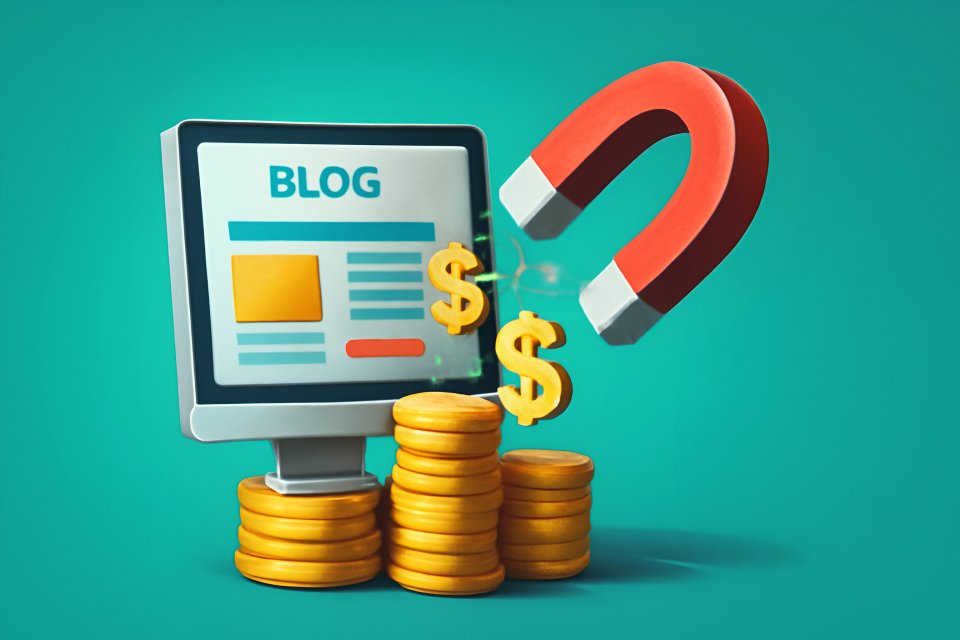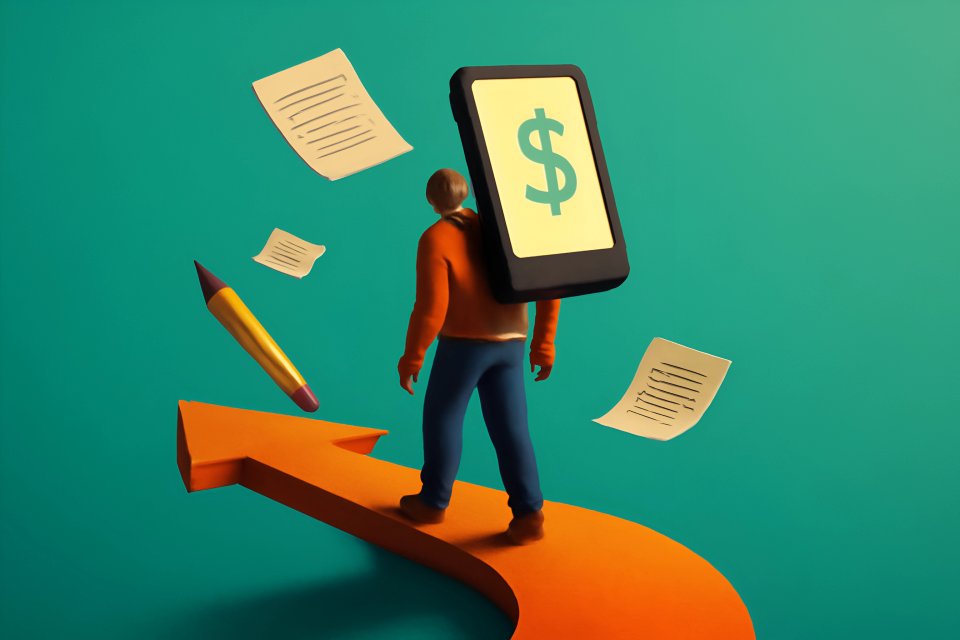
The content treadmill is real. As a digital entrepreneur, you're not just a creator; you're a strategist, marketer, and CEO, often all before your first cup of coffee. But what if you could clone yourself? With the right AI tools, you almost can.
The pressure to consistently churn out high-quality content is immense, a direct path to burnout that threatens the very freedom you're working so hard to achieve. You know that content is the engine of your online business, but feeding the machine can feel like a full-time job in itself. This isn't about letting robots take over your brand; it's about reclaiming your power and your time.
This guide is your new playbook. We will show you exactly how to optimize your content creation workflow using AI tools to save dozens of hours, scale your output, and finally free you up to focus on what truly grows your business—strategy, connection, and revenue. We'll break down the entire process, from a spark of an idea to a full-blown promotion campaign, with specific tools and actionable prompts you can use today to start earning smarter, not just creating harder.
Why AI is a Game-Changer for Solopreneurs and Side Hustlers
Let's cut through the noise. AI isn't just another tech trend; for the ambitious solopreneur, it's a fundamental shift in what's possible. This technology is a direct line to leveling the playing field, giving you the leverage and efficiency once reserved for large teams with massive budgets. It’s a tool for securing your time, your sanity, and ultimately, your financial future.
The benefits aren't abstract; they are tangible advantages that you can put to work immediately. A staggering 66% of content professionals now use ChatGPT for tasks like idea generation and drafting, according to a global survey by Kontent.ai. This isn't about the future; it's about what the smartest creators are doing right now to get ahead.
By integrating AI, you can:
- Beat the Blank Page: Instantly overcome writer's block and generate endless ideas.
- Automate the Grind: Offload tedious tasks like research, summarizing, and data gathering.
- Scale Your Output Without Sacrificing Quality: Produce more blog posts, social media updates, and newsletters in a fraction of the time.
- Enhance Your Creativity: Use AI as a brainstorming partner to discover unique angles and perspectives.
- Focus on Strategy, Not Just Tasks: Free up your mental energy for the big-picture thinking that drives income.
The AI-Powered Digital Creation Workflow: A Step-by-Step Guide
This is where the magic happens. We're going to walk through every phase of content creation and show you how to plug AI in for maximum impact. This isn't theory; it's a practical, repeatable system.
Phase 1: Ideation & Strategy – Finding Topics That Resonate
Forget staring at a blank screen, hoping for inspiration to strike. True strategy means finding what your audience is already desperate to know. You can use AI to move beyond basic brainstorming and into data-driven discovery, analyzing search intent and finding profitable content gaps your competitors have missed.
This is about creating content with purpose, designed from the ground up to attract and engage. Tools like ChatGPT-4, Jasper, and Copy.ai are your new strategic partners. They can help you generate not just topics, but entire content angles tailored to specific customer avatars, ensuring your work lands with maximum impact.
Here is a powerful prompt you can use to get started immediately:
"Act as a content strategist for a blog helping people start online side hustles. Generate 10 blog post ideas about 'affiliate marketing for beginners.' For each idea, suggest a long-tail keyword, a unique angle, and a target audience persona (e.g., 'the busy parent,' 'the college student')."Phase 2: Research & Outlining – Building a Rock-Solid Foundation
A great piece of content is built on a strong foundation of research and structure. This used to mean hours spent sifting through search results, but AI can now condense that work into minutes. This is where you build the skeleton of your article, ensuring it's comprehensive, authoritative, and optimized for search engines from the very beginning.
Tools like Perplexity AI and ChatGPT with web browsing capabilities are invaluable here. They can synthesize information from top-ranking articles, pull out critical statistics, and help you structure your post for readability and flow. According to the same Kontent.ai survey, Google’s Gemini is used by 32% of professionals specifically because it can integrate real-time information for accurate research.
Use this prompt to build a comprehensive outline that sets you up for success:
"I'm writing a blog post on 'how to use Pinterest for e-commerce.' Summarize the top 5 ranking articles on this topic. Extract key statistics, common strategies they mention, and create a comprehensive blog post outline that includes an H1, H2s, and H3s."Phase 3: Drafting & Writing – From Blank Page to First Draft in Minutes
This is the phase that traps so many creators. The actual act of writing can be the biggest time sink, but with AI, it doesn't have to be. You can use AI as a writing assistant to generate a solid first draft, giving you a massive head start and saving you from the tyranny of the blank page.
Think of it as having a junior writer on your team. Tools like Jasper, Copy.ai, and Notion AI can take your detailed outline and flesh out entire sections, write compelling introductions, or craft powerful conclusions. This frees you up to focus on refining the message and adding your unique expertise, which is the core of building a personal brand that generates revenue.
Get your first draft rolling with a prompt like this:
"Write a 200-word introduction for a blog post titled '5 Passive Income Streams You Can Start This Weekend.' The tone should be encouraging but realistic, targeting ambitious individuals who work a 9-to-5. Start with a hook that addresses the desire for financial freedom."Phase 4: Editing & Polishing – Ensuring Your Content Shines
A first draft is just the beginning. To make your content truly stand out, it needs to be polished until it shines. AI-powered editing tools go far beyond simple spell-checking; they help you refine your tone, improve clarity, and boost readability to ensure your message connects with your audience.
Tools like Grammarly, the Hemingway App, and ProWritingAid are essential for this stage. They analyze your writing and provide suggestions that can transform a piece from merely informative to genuinely persuasive and engaging. This is how you ensure your brand voice remains confident and authoritative across all your content.
Consider the difference. Before: `This post is about how to use AI.` After: `This definitive guide will empower you to strategically leverage AI for explosive growth and productivity.` It's a small change with a massive impact on perception.
Phase 5: Visuals & Multimedia – Creating Stunning Graphics Without a Designer
In today's visual-first digital landscape, text alone isn't enough. High-quality images, graphics, and videos are crucial for capturing attention and keeping readers engaged. But you don't need to be a graphic designer or hire one to create stunning, unique visuals for your brand.
AI image generators are a complete game-changer for solopreneurs. Tools like Midjourney, DALL-E 3 (available in ChatGPT Plus), and Canva Magic Studio can create completely unique, royalty-free images from a simple text description. As highlighted in a comprehensive guide by Synthesia, these tools put the power of a design studio right at your fingertips.
Create a professional blog header in seconds with a prompt like this:
"Create a vibrant blog header image in a flat illustration style. The image should depict a person working on a laptop at a clean desk, with lightbulbs and charts floating around them, symbolizing productivity and ideas. Use a modern color palette. Aspect ratio 16:9."Phase 6: Promotion & Repurposing – One of the Best Content Automation Strategies
Hitting "publish" is not the end of your workflow; it's the beginning of your promotion. To get the maximum return on your effort, you need to amplify your message across multiple platforms. AI makes this process incredibly efficient, allowing you to turn one blog post into a dozen pieces of micro-content instantly.
This is one of the most powerful content automation strategies you can implement. Enterprise platforms have shown that this approach works; Sprinklr, for example, notes that integrating AI can cut content production time by up to 50%, freeing up teams for strategic tasks. You can use tools like Repurpose.io or even ChatGPT to instantly generate social media posts, email newsletters, and video scripts from your original article, a key step in the roadmap to earning through content repurposing.
Maximize the reach of every article with this repurposing prompt:
"Take the following blog post text \[paste text\]. Generate the following promotional assets:
1\. Three engaging tweets with relevant hashtags.
2\. One professional LinkedIn post.
3\. A 3-paragraph summary for an email newsletter."The Human Element: AI is Your Co-Pilot, Not the Pilot
Let's be brutally honest: AI is a tool, not a magic wand. It's your super-powered assistant, your co-pilot, but you are still the one flying the plane. Relying on it blindly is a recipe for creating generic, soulless content that fails to connect with anyone.
Fact-checking is absolutely non-negotiable. AI models can "hallucinate," meaning they can invent facts, statistics, and sources with complete confidence. Always verify any critical information before you publish. Your credibility is your most valuable asset; don't risk it for the sake of speed.
Most importantly, AI cannot replicate your unique voice, your personal stories, or your hard-won experience. This is what makes your content valuable and builds a loyal audience. Use AI to build the structure—the skeleton—but it's your job to provide the heart and soul. You are the strategist who guides the AI with smart prompts and weaves its output into a narrative that only you can tell.
Conclusion: Start Earning Smarter, Not Creating Harder
By strategically integrating AI into each phase of your digital creation workflow, you're not cutting corners—you're buying back your most valuable asset: time. You are transforming your process from a grueling marathon into a streamlined, efficient system that works for you, not against you. This is the key to finally getting off the content treadmill.
This newfound efficiency is your ticket to freedom. It allows you to shift your focus from tedious tasks to high-leverage activities like building relationships, developing new products, and acquiring clients. This is how you accelerate your journey toward the financial independence and lifestyle you set out to achieve.
Now you have the playbook. The tools are at your fingertips, and the strategy is clear. The only thing left is to take action.
What is the #1 task in your content workflow you're most excited to automate with AI? Share your thoughts in the comments below!
Frequently Asked Questions (FAQ)
Can AI completely replace content creators?
No. AI is a powerful tool, but it lacks genuine experience, emotional intelligence, and a unique perspective. The most successful creators will be those who master using AI to augment their skills, not replace them. It handles the 80% of grunt work, freeing you to focus on the 20% that truly matters: your unique insights and brand story.
What are the best free AI content tools to start with?
For beginners on a budget, you can build a powerful foundation without spending a dime. Start with the free versions of ChatGPT for ideation and drafting, Canva for graphic design, and Grammarly for polishing your text. These tools provide a massive boost to your workflow and are the perfect entry point into the world of AI-powered content creation. For a more complete list of apps, check out our guide to the ultimate digital tools stack for busy solopreneurs.
How do I avoid my content sounding robotic when using AI?
Always treat the AI-generated text as a first draft, never the final product. The key is to edit heavily: inject your personality, add personal anecdotes and examples, rephrase sentences in your own words, and check the overall flow to ensure it matches your brand's tone. Use AI for structure and speed, but always use your human brain for personality and polish.















